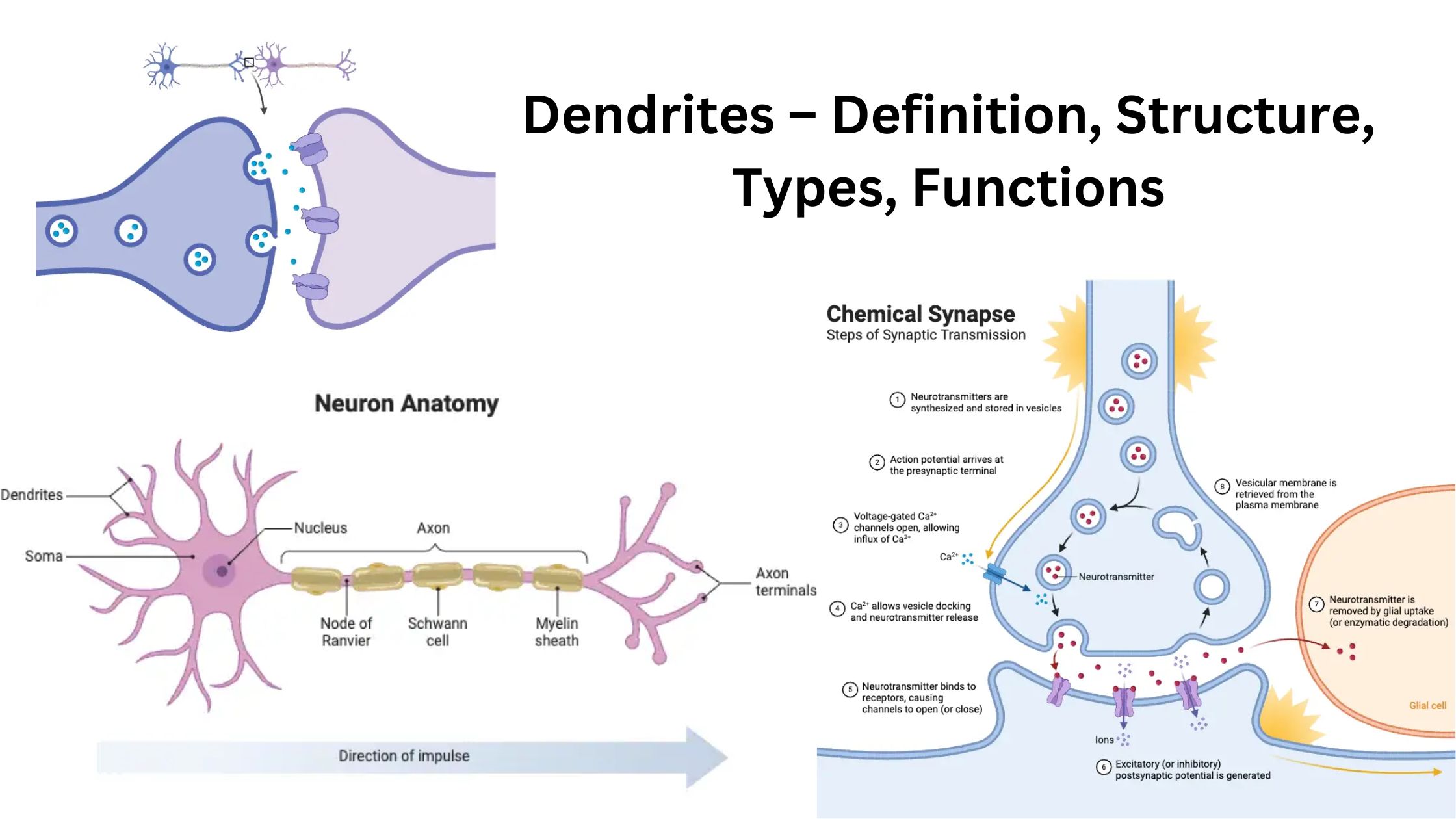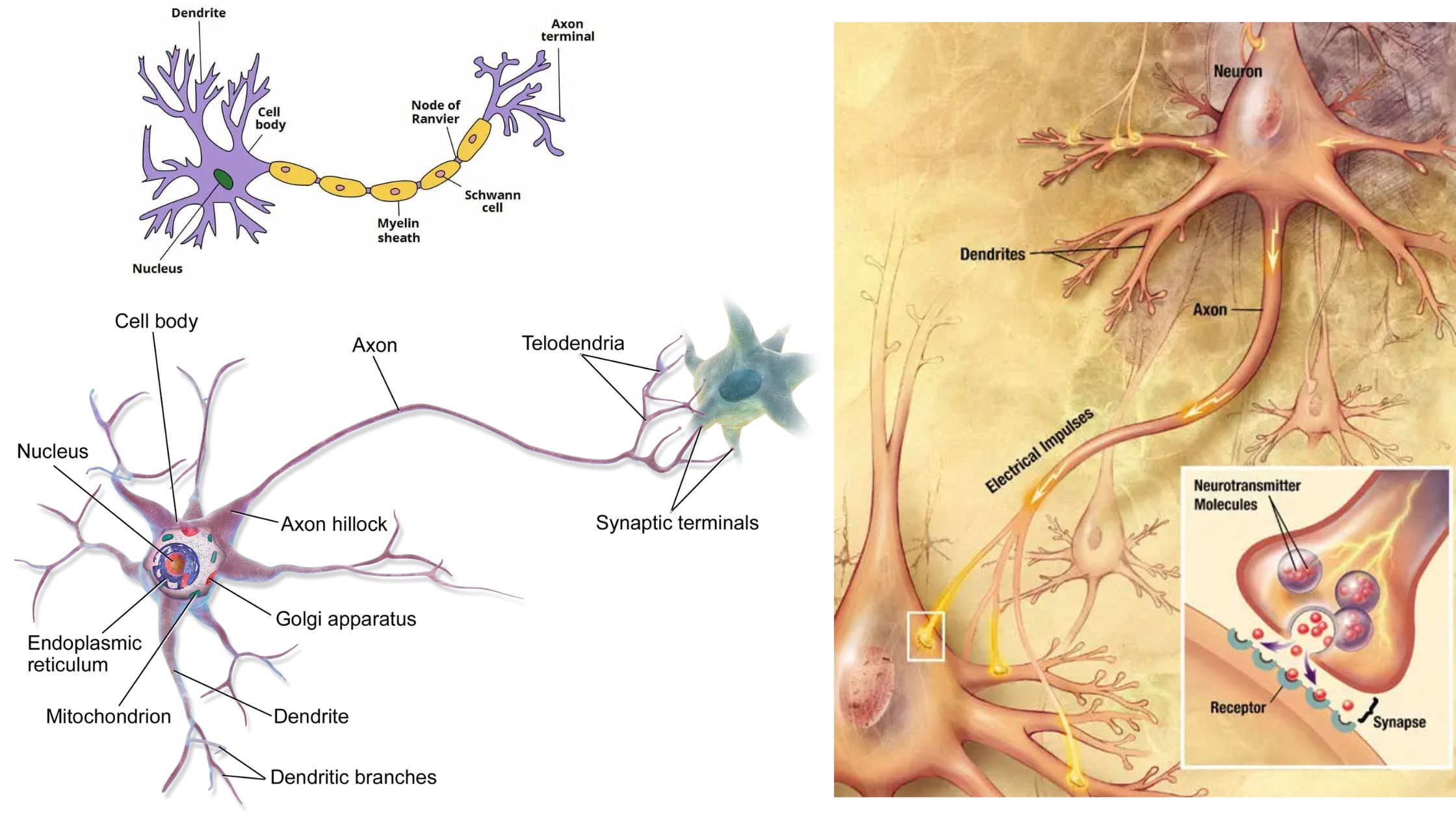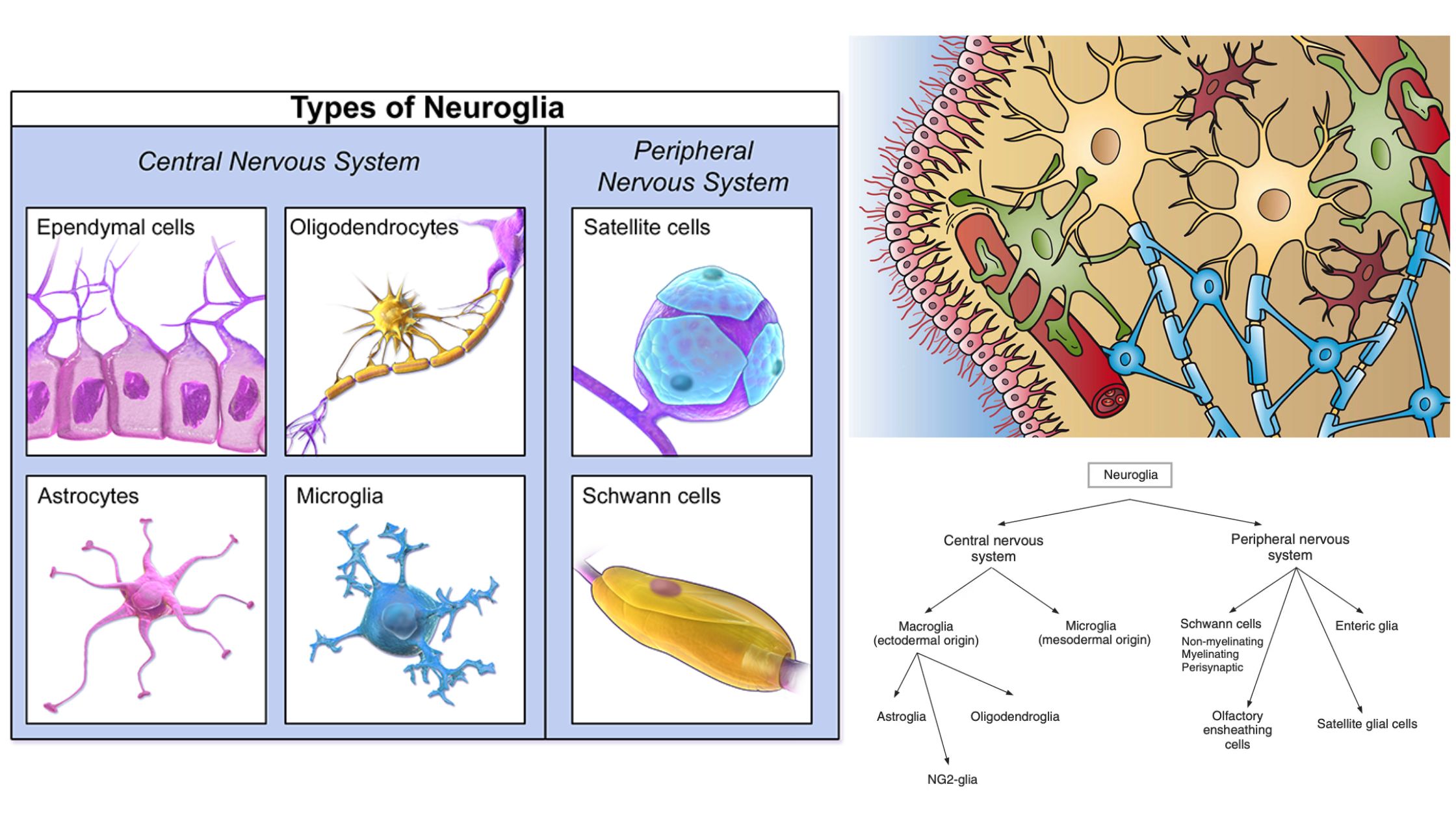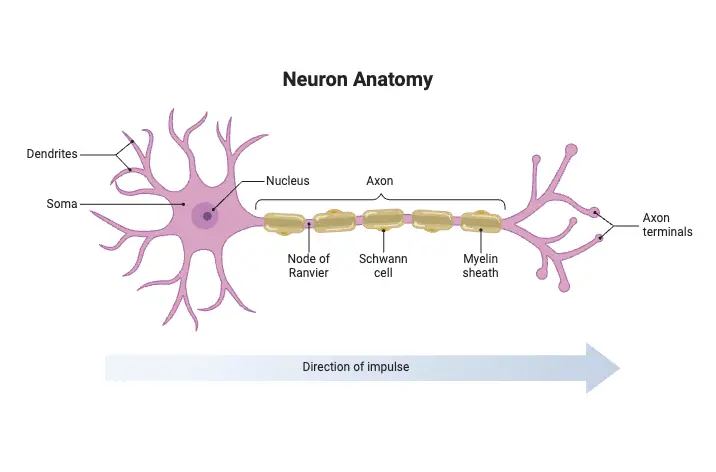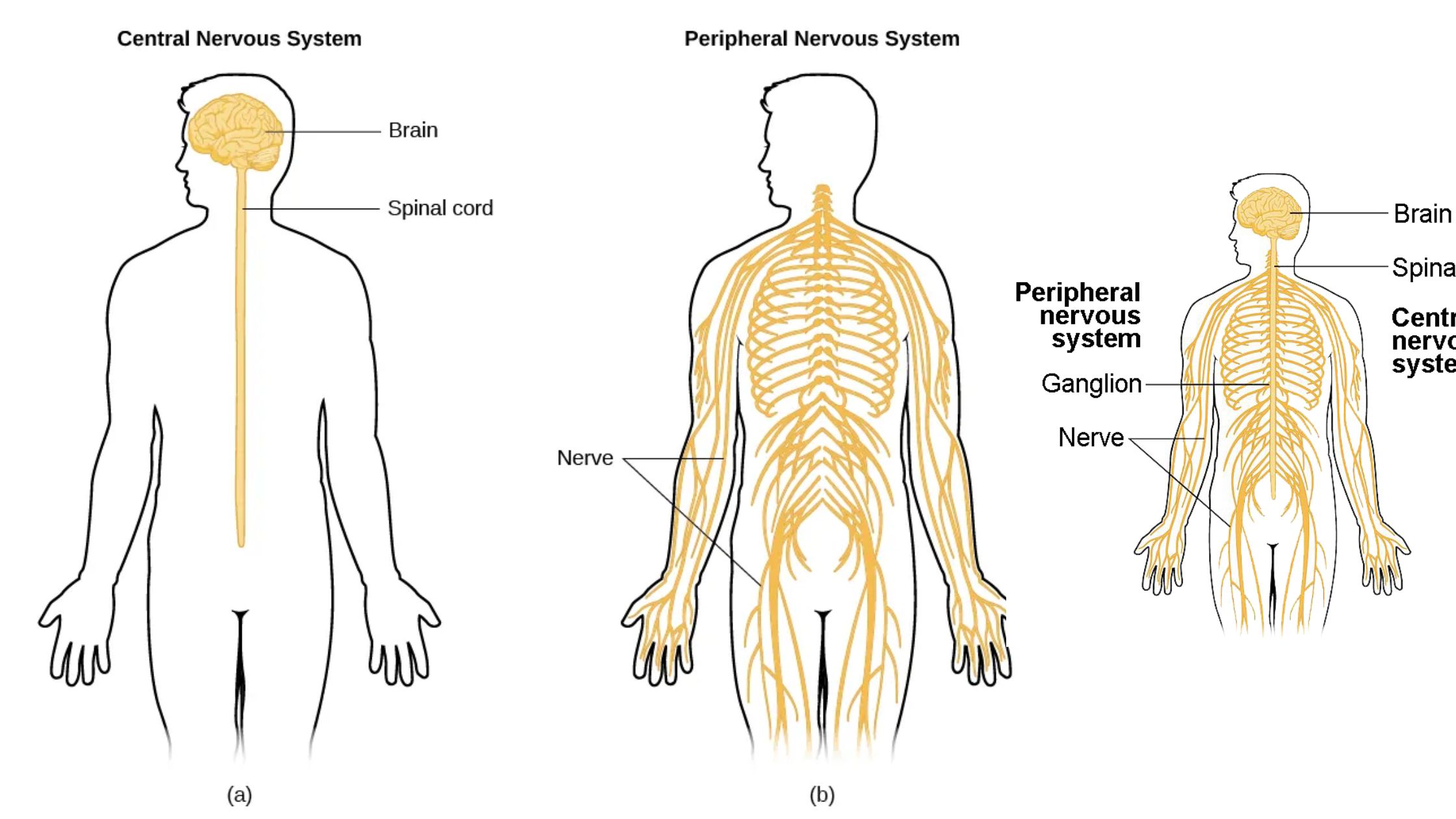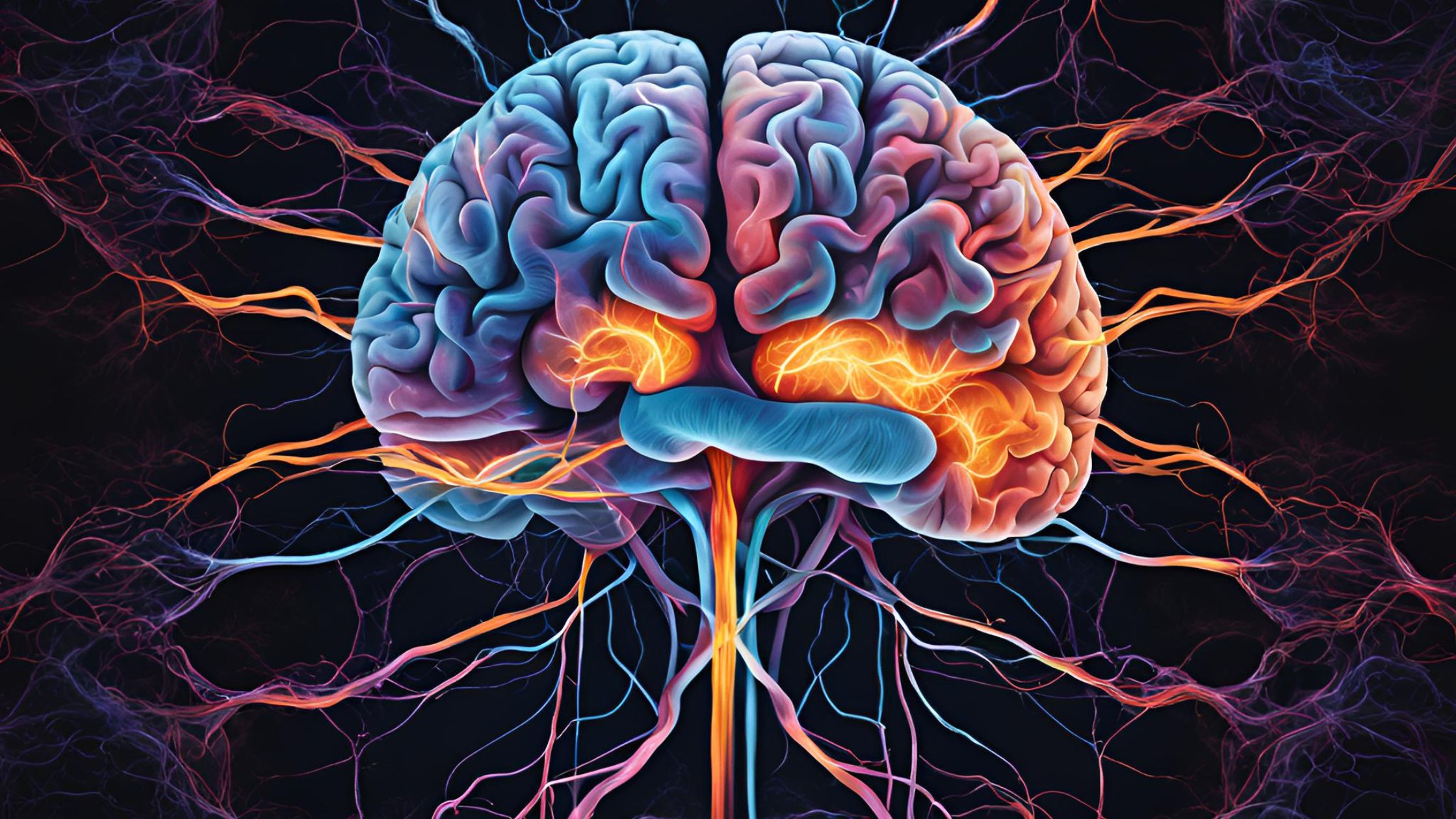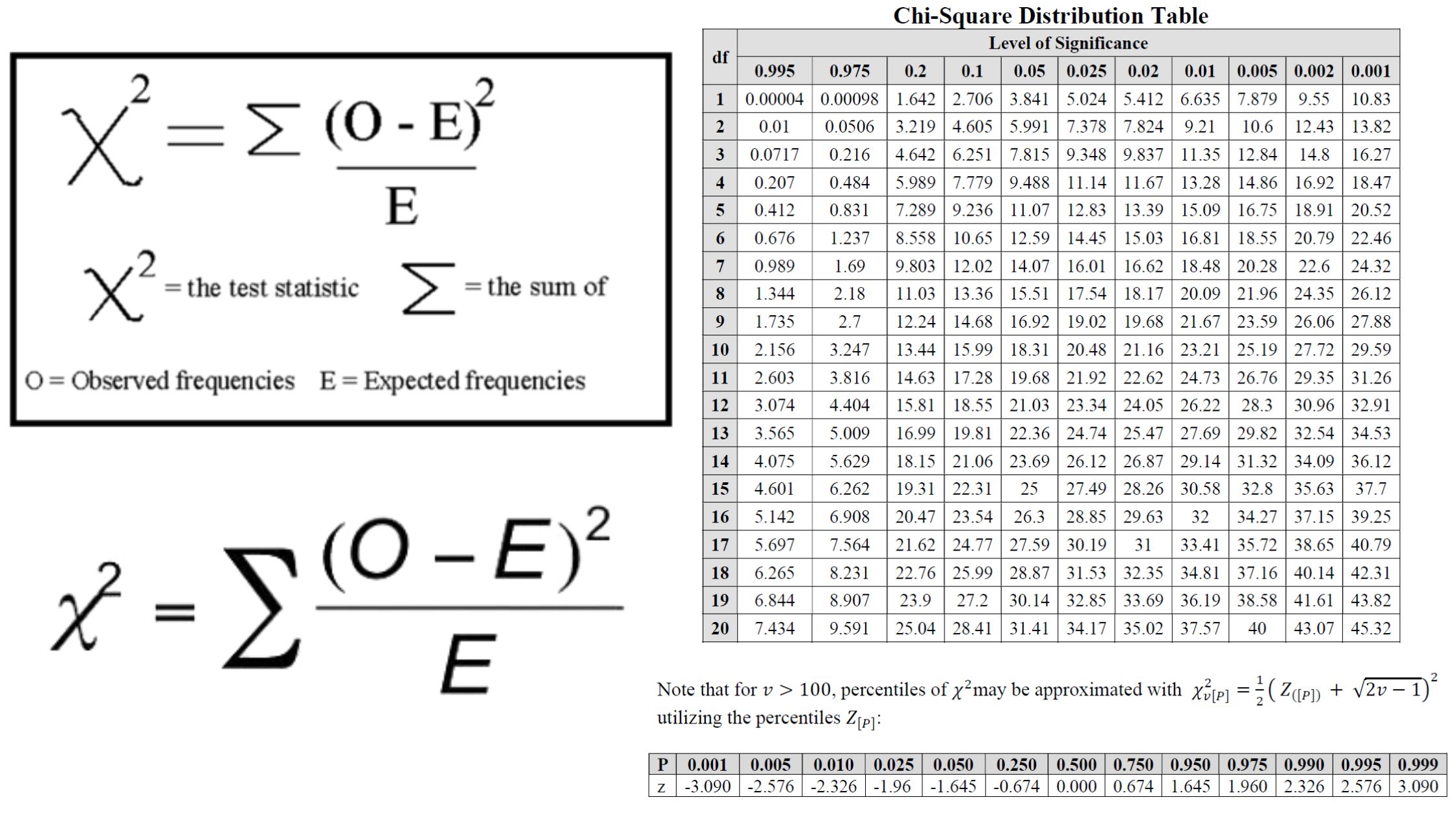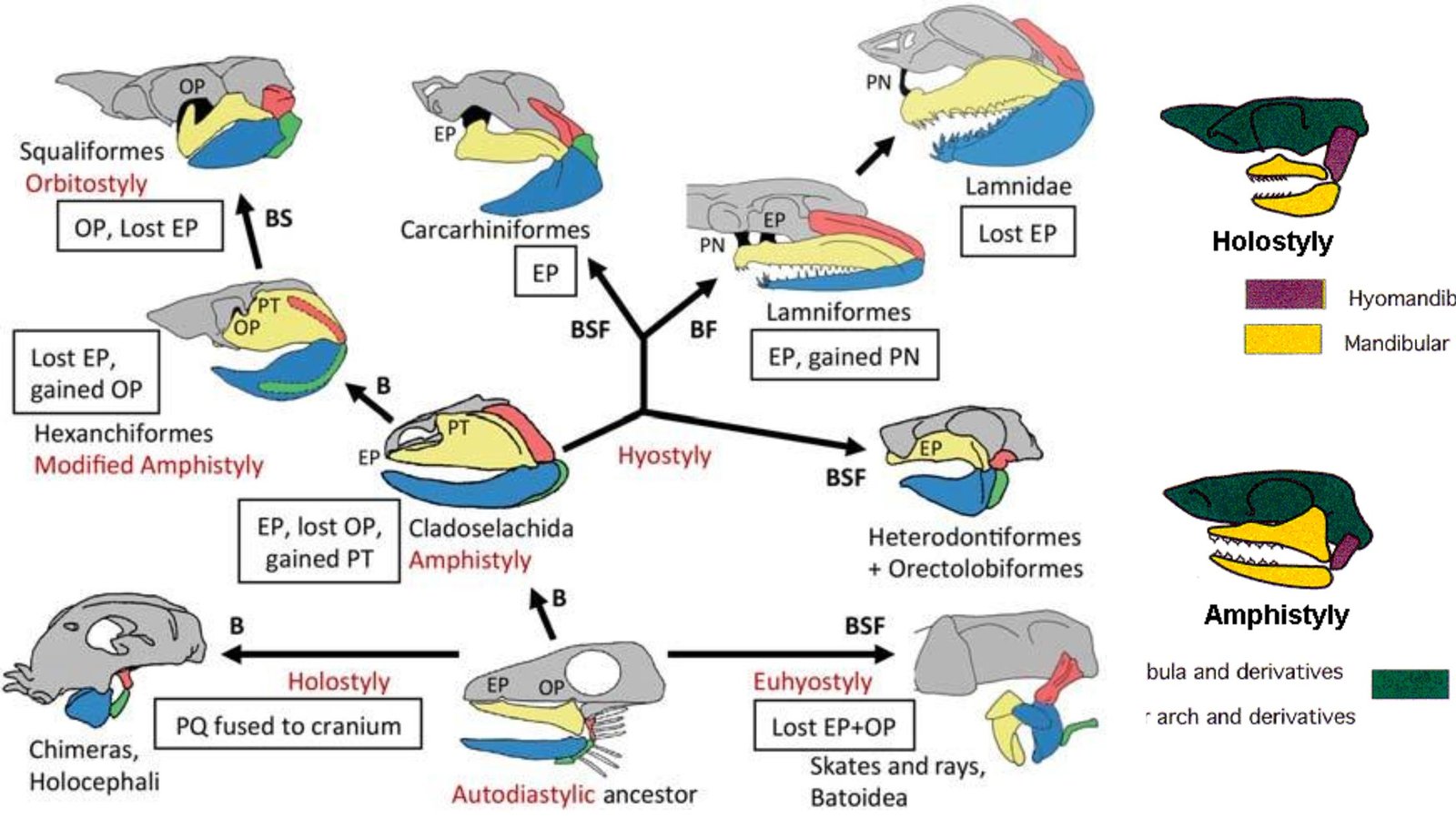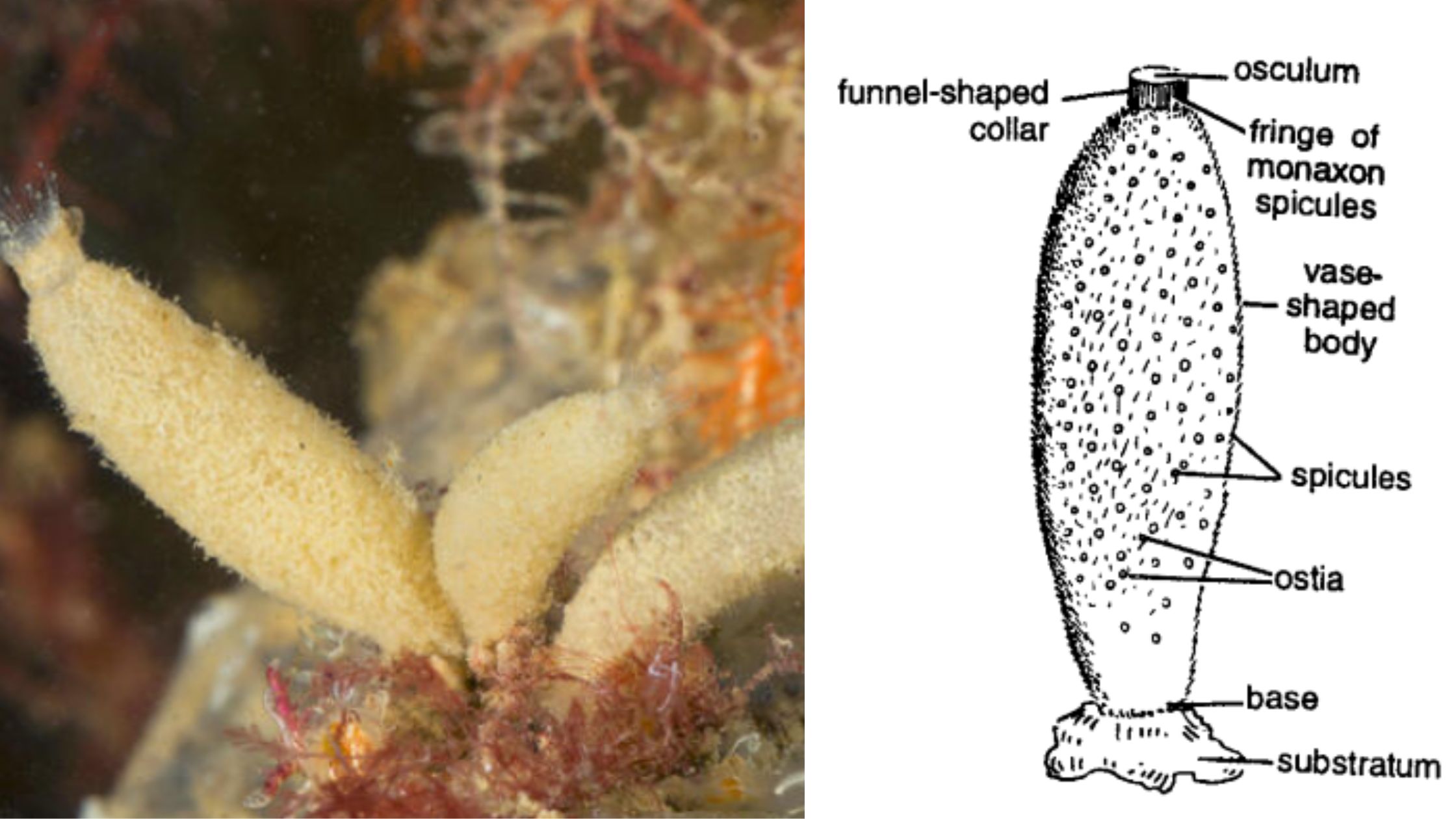Dendrites – Definition, Structure, Types, Functions
What are Dendrites? Definition of Dendrites Dendrites are branched extensions of neurons that receive and process incoming signals from other neurons, facilitating communication within the nervous system. They transmit electrical impulses toward the cell body and play a crucial role in integrating synaptic inputs to generate action potentials. Characteristics features of Dendrites The following characteristics … Read more
